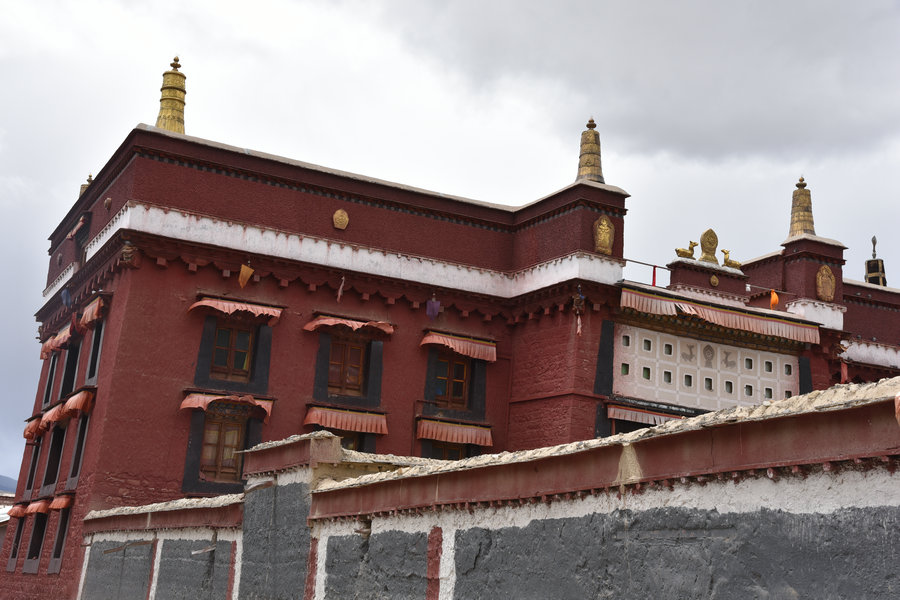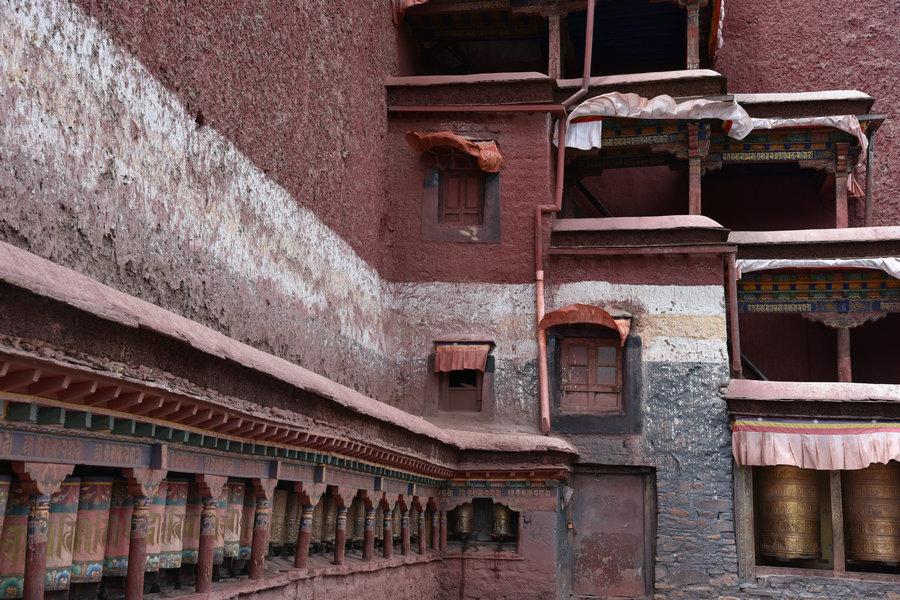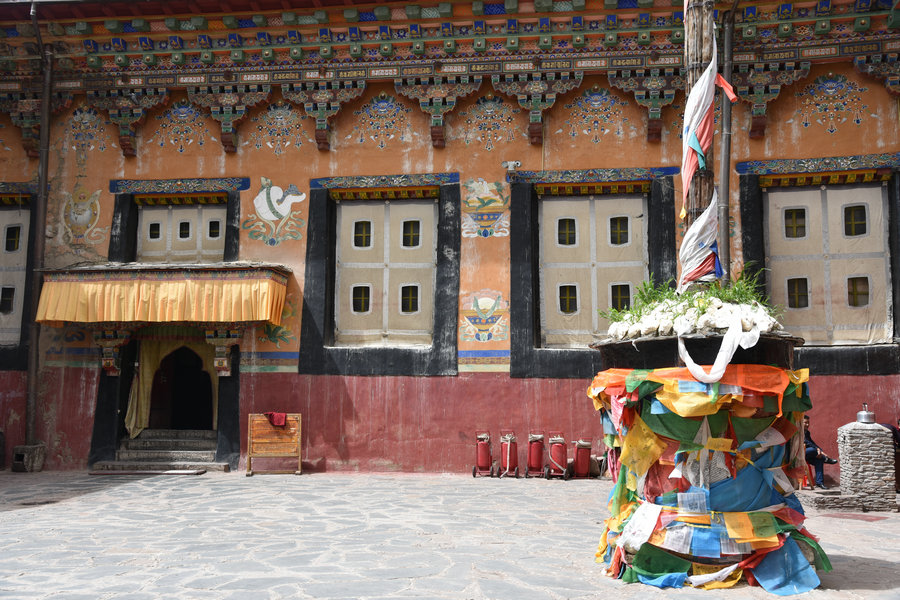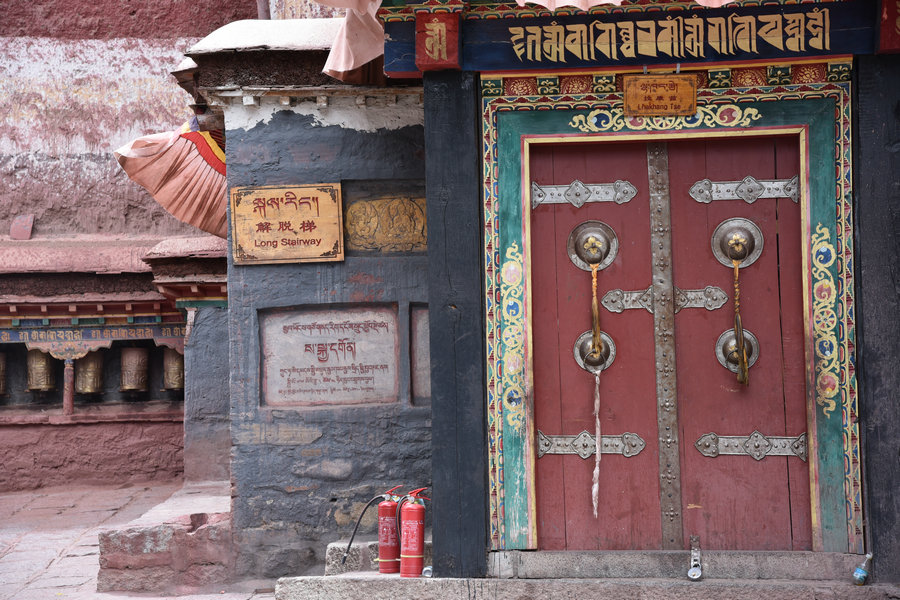
A glimpse of Tibetan Buddhism from Sakya Monastery
ZhangXingjian in Shigatse
Located in Sakya county, Southwest of Shigatse city, Tibet autonomous region, the Sakya Monastery is the principal monastery of the Sakyapa Sect of Tibetan Buddhism.
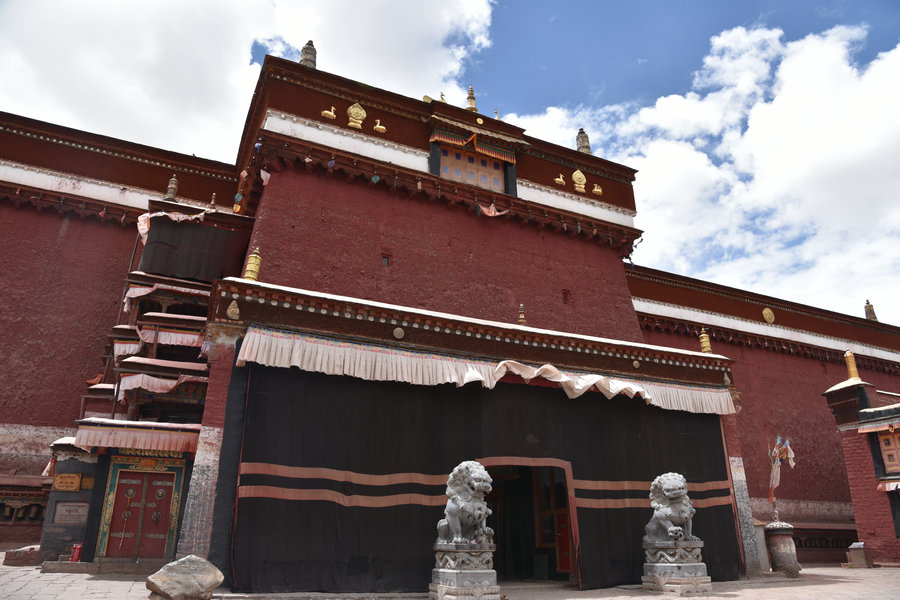
Located in Sakya county, Southwest of Shigatse city, Tibet autonomous region, the Sakya Monastery is the principal monastery of the Sakyapa Sect of Tibetan Buddhism.
At first, it comprised both the Northern and Southern Monasteries; however, the Northern Monastery is today only as a ruin.
The Sakya Monastery is famed as the "Second Dunhuang" due to its colossal collection of numerous Tibetan Buddhist scriptures, murals and Thangkas.
Most of the murals are from the Yuan Dynasty (1271-1368). Among them, few of the most outstanding and precious murals depict portraits of the former Sakya ancestors, Phakpa's meeting with Kublai Khan, the founder of the Yuan Dynasty, and mandalas.
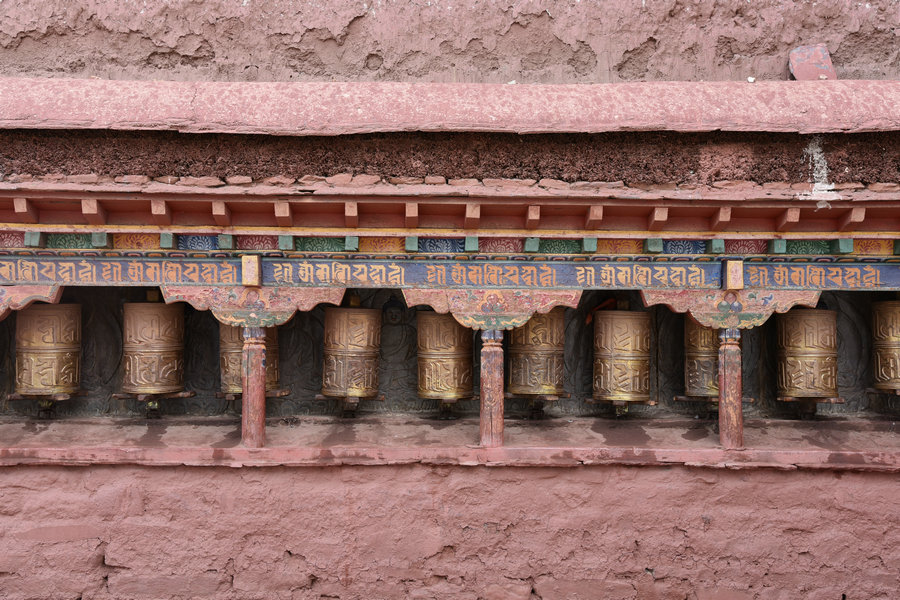
More than 3,000 Thangkas from Song Dynasty (960-1279), and Yuan and Ming Dynasty (1368-1644), are also considered treasures of Chinese Buddhism culture.
The Main Chanting Hall, also called Lakhang Chenmo in Tibetan, is a must-see for visitors both at home and abroad.
Covering an area of about 5,800 square meters, Lakhang Chenmo can hold about ten thousand monks chanting sutras at the same time.
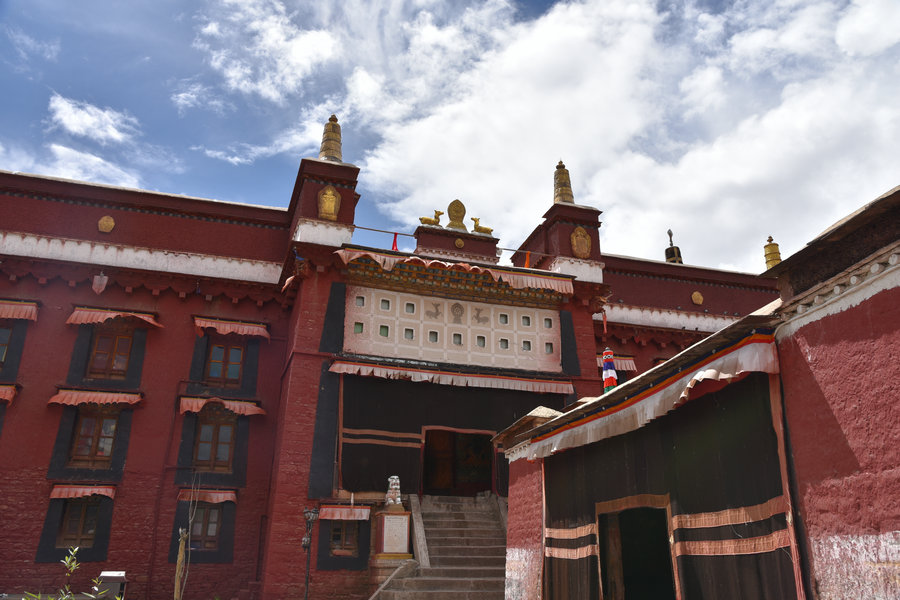
Inside the hall, visitors are greeted with three Buddhas – Dipamkarara, Sakyamuni and Maitreya – and five Sakyapa ancestors.
"Sakya county is an renowned ancient town in Tibet, and the government has taken action to boost local tourism," Tsering Zhandu, deputy county mayor of Sakya county, said.
"We have established the tourist service center recently, and the center as an integrate sightseeing, shopping, leisure and personal experience together.
"We hope to being the best experience for our visitors."
